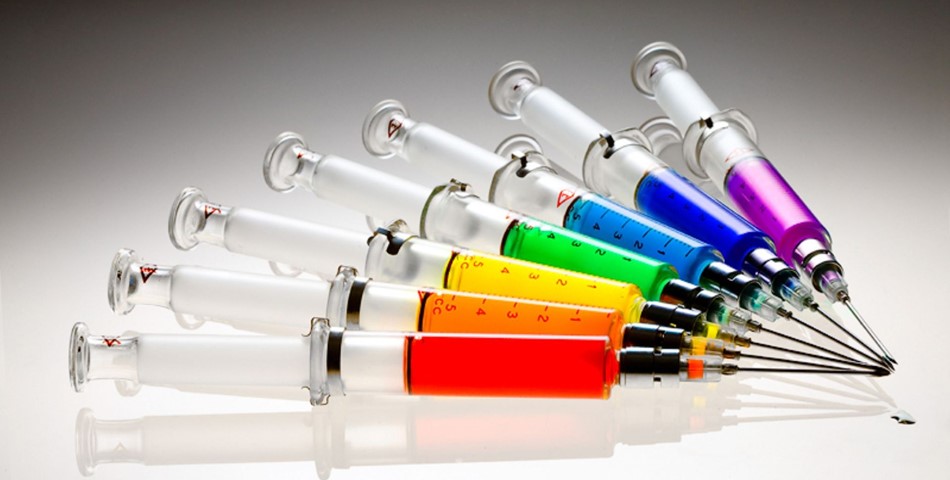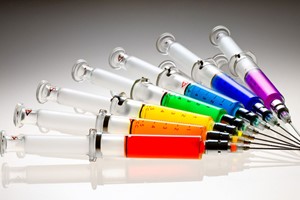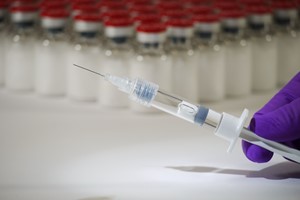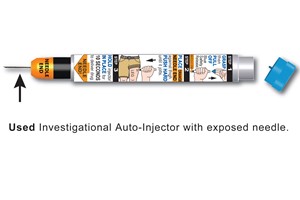Meanwhile, the demand for disposable hospital supplies will increase as hospitals, outpatient care centers and other healthcare facilities adopt stricter infection prevention safeguards to meet stronger standards, according to GBI Research. For example, the European market for disposable surgical gowns and drapes has witnessed a steady growth in the past few years due to the enforcement of high standards of infection control based on the new European Union Medical Device Directive (MDD) and EU regulations. In the US, the disposable hospital supplies market will be driven by an expanding patient pool and the expansion of health insurance coverage by the Affordable Care Act of 2010, which had resulted in an increased number of people seeking medical care. The increasing incidences of HAIs are a cause of concern for patients, the healthcare industry and governments. According to the World Health Organization (WHO), about 5-10 percent of patients admitted to acute care hospitals in developed countries acquire an infection. HAIs are reported to cause around 80,000 deaths annually in the US and 5,000 deaths each year in the UK. Non-fatal infections also result in increased healthcare expenditure, due to prolonged hospital stays for patients. With the overall annual direct cost of HAIs to US hospitals ranging between USD28 and USD34 billion, the use of medical disposables is well worth the price. Besides, the use of disposable hospital supplies such as single-use syringes, procedure kits and trays, gloves, drapes and gowns has seen steady growth in recent years.


Revenue in the disposable hospital supplies market grew at a rate of 6 percent during 2004-2011, and is expected to grow at a CAGR of 6.4 percent during 2011-2018 to reach USD15.4 billion in 2018. Besides, the report provides key data, information and analysis on the global hospital supplies market. Furthermore, it also provides a market landscape, competitive landscape and market trends information on the six hospital supplies market categories of: disposable hospital supplies, syringes and needles, sterilization and disinfectant equipment, mobility aids and transportation equipment, patient examination devices and operating room equipment.
The barrel of a syringe is made of plastic or glass, and usually has graduated marks indicating the volume of fluid in the syringe, and is nearly always transparent. Glass syringes may be sterilized in an autoclave, according to Mahindra & Mahindra Pvt Ltd. However, most modern medical syringes are polymeric with a polymeric piston, because they are cheap enough to dispose of after being used only once, reducing the risk of spreading blood-borne diseases. Re-use of needles and syringes has caused spread of diseases, especially HIV and hepatitis among intravenous drug users. Disposable Syringe are made of plastic material and are used in the field of medical and veterinary science. They are mostly molded by the injection molding of polypropylene designed in two or three components. Production of disposable syringe requires special injection molding machines and special moulds. Proper maintenance of the power operated machines and judicial use of them will conserve energy. Ferromatic Injection Molding Machines specially design for the production of syringe resulting in consuming less energy comparing with general purpose Injection Molding Machine.












